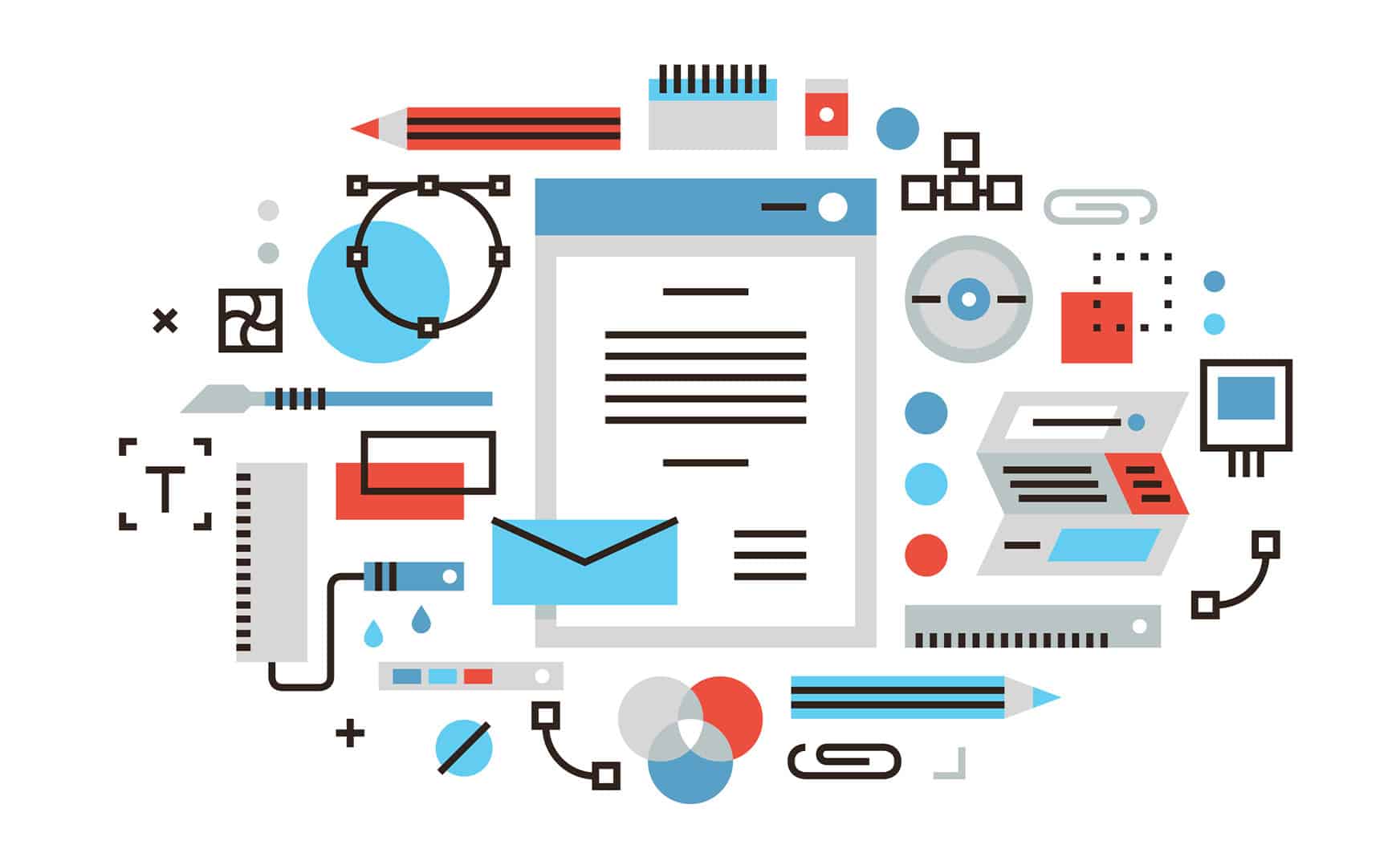In an increasingly digital world, it’s tempting to dismiss print materials as relics of a bygone era. Yet professional print design remains one of the most powerful tools in a business’s marketing arsenal. From brochures and white papers to posters and billboards, expertly crafted print materials create lasting impressions that digital content simply cannot replicate.
The Tangible Advantage
There’s something inherently powerful about holding a beautifully designed brochure or flipping through a well-crafted white paper. Print materials engage multiple senses simultaneously, creating a physical connection between your brand and your audience. This tactile experience triggers deeper cognitive processing, making your message more memorable and impactful.
Research consistently shows that people retain information better when they read it in print compared to digital formats. When your audience can touch, feel, and physically interact with your materials, they’re more likely to remember your brand and act on your message.
First Impressions Are Everything
Professional print design signals credibility and attention to detail. When a potential client receives a poorly designed brochure with misaligned text, pixelated images, or amateurish layouts, they immediately question the quality of your products or services. Conversely, polished print materials communicate professionalism, expertise, and trustworthiness.
Consider the billboard on a busy highway or the poster in a conference hall. You have mere seconds to capture attention and convey your message. Professional designers understand the principles of visual hierarchy, color psychology, and typography that make these brief encounters effective. They know how to guide the viewer’s eye, emphasize key information, and create designs that are both aesthetically pleasing and functionally effective.
Technical Expertise Matters
Print design requires specialized knowledge that goes far beyond basic graphic design skills. Professional print designers understand:
Color Management: What looks perfect on a screen may print entirely differently. Professionals work in CMYK color modes, understand color profiles, and can predict how inks will interact with different paper stocks to ensure your brand colors reproduce accurately every time.
Resolution and File Preparation: A pixelated logo or blurry photograph can ruin an otherwise perfect design. Professional designers work at proper resolutions (typically 300 DPI for print) and understand how to prepare files with appropriate bleeds, trim marks, and safe zones.
Paper Selection and Finishing: The weight, texture, and finish of paper dramatically impact how your design is perceived. A luxury brand requires different paper stock than a nonprofit organization. Professional designers guide you through these choices and understand how different finishing techniques like embossing, foil stamping, or spot UV coating can elevate your materials.
Typography for Print: Text that’s readable on screen may be illegible in print. Professional designers understand point sizes, leading, kerning, and font selection specific to print production, ensuring your message is always clear and accessible.
Strategic Communication
Professional print designers don’t just make things look pretty—they solve communication problems. Before touching any design software, they invest time understanding your objectives, target audience, and desired outcomes.
For white papers, this means creating layouts that make complex information digestible and guide readers through detailed arguments. For brochures, it’s about balancing promotional content with valuable information while maintaining visual interest across multiple panels. For billboards, it’s distilling your message to its absolute essence while ensuring readability at highway speeds.
This strategic approach ensures that every design element serves a purpose, from the placement of your logo to the selection of imagery to the flow of information across pages.
Brand Consistency Across Materials
Professional designers ensure visual consistency across all your print materials, reinforcing brand recognition and building trust. Whether someone encounters your billboard, picks up your brochure, or reads your white paper, they should immediately recognize your brand through consistent use of colors, fonts, imagery styles, and design elements.
This consistency extends to ensuring your print materials align with your digital presence, creating a cohesive brand experience across all touchpoints.
Cost-Effectiveness Through Expertise
While professional print design services require upfront investment, they ultimately save money by getting it right the first time. Design errors discovered after printing can be catastrophically expensive. A professional designer’s technical knowledge prevents costly reprints due to color problems, resolution issues, or file preparation errors.
Additionally, effective design generates better results. A professionally designed brochure generates more leads, a well-crafted poster attracts more event attendees, and an engaging white paper establishes greater thought leadership. The return on investment from effective print design far exceeds the cost of professional services.
Standing Out in a Crowded Marketplace
Your competitors are likely using print materials too. Professional design gives you the competitive edge needed to stand out. While others rely on template-based designs or DIY solutions that look generic and forgettable, your professionally crafted materials command attention and respect.
In industries where print materials are expected—like real estate, hospitality, healthcare, and education—the quality of your print design directly impacts your competitive position.
The Bottom Line
Professional print design is an investment in your brand’s perception, credibility, and effectiveness. Whether you’re creating brochures to showcase your services, white papers to establish thought leadership, posters to promote an event, or billboards to increase brand awareness, the quality of your design directly impacts your success.
In a world where everyone has access to basic design tools, true professional design expertise has never been more valuable. The difference between amateur and professional print design isn’t just visible—it’s measurable in terms of audience engagement, brand perception, and business results.
Don’t let subpar print materials undermine your brand’s potential. Partner with professional print designers who bring technical expertise, strategic thinking, and creative excellence to every project. Your audience will notice the difference, and your bottom line will reflect it.
Contact Us Today for a Free Quote on Your Print Design & Marketing project.

